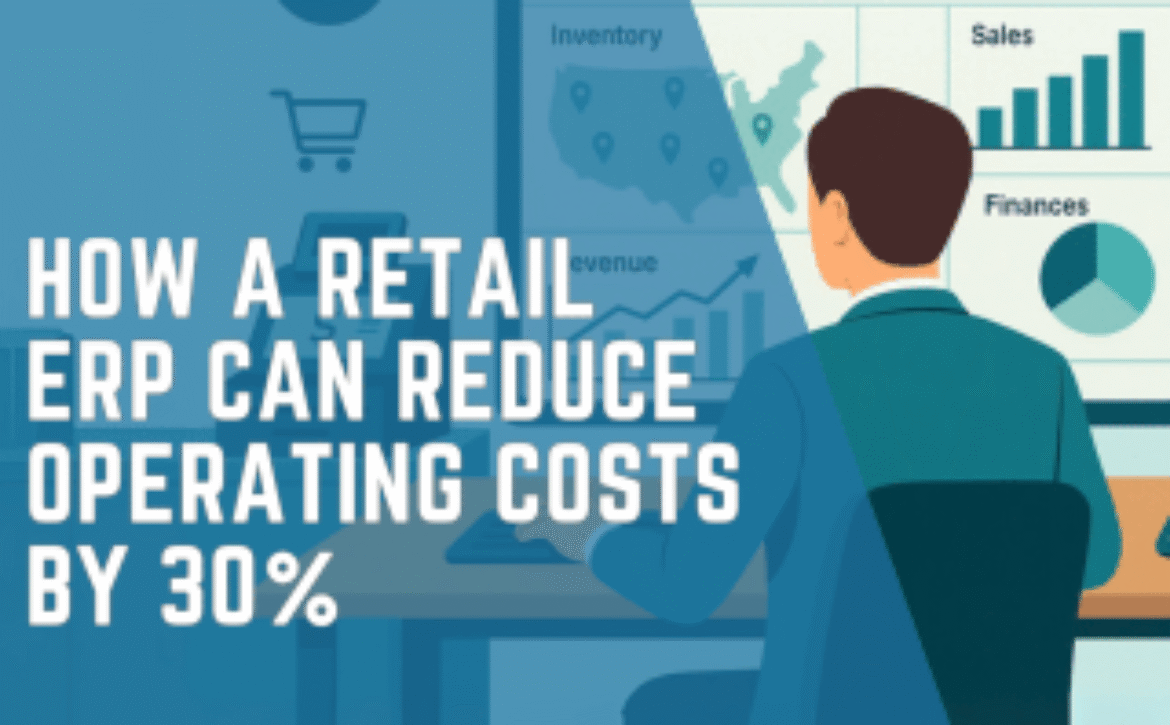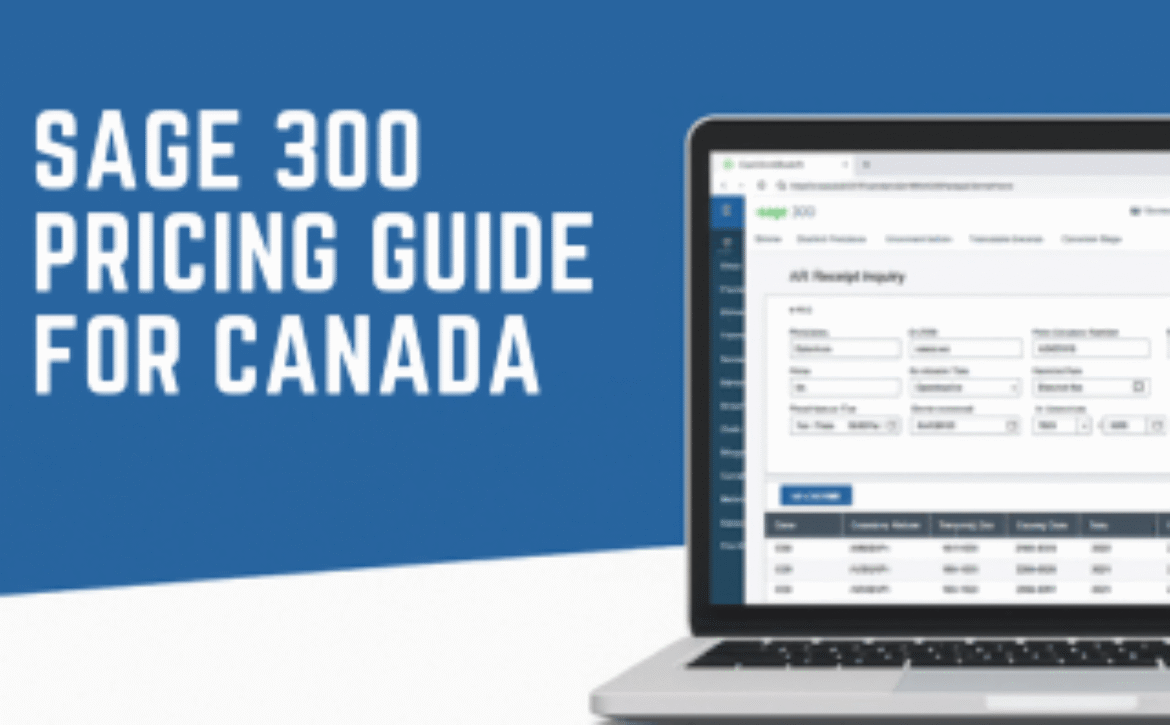Driving Just-in-Time Success with ERP for Automotive Industry
The ERP for automotive industry is more than just software—it’s a strategic enabler for manufacturers aiming to implement lean, Just-in-Time (JIT) processes. As global supply chains become more complex and customer expectations grow, automotive companies need to balance speed, precision, and adaptability.
JIT manufacturing can dramatically reduce waste and inventory costs, but it comes with vulnerabilities—any disruption in the supply chain can halt production. That’s where solutions like Sage X3 and Acumatica come in. These systems provide real-time visibility, predictive planning, and automation that make JIT reliable and scalable.
This article explores how these systems empower businesses to master Just-in-Time manufacturing and gain a competitive edge.
The Core Challenges of Just-in-Time in Automotive Manufacturing
JIT manufacturing in the automotive sector aims to optimize production by receiving materials only when needed. However, several risks can derail JIT success:
- Supplier Delays: Missed deliveries can disrupt the entire production line.
- Inventory Shortages: Minimal buffer stock increases vulnerability to forecasting errors.
- Lack of Integration: Disconnected tools create communication gaps.
- Inaccurate Forecasting: Poor demand planning leads to inefficiencies.
ERP for automotive industry addresses these pain points by synchronizing operations across procurement, production, inventory, and logistics.
How ERP for Automotive Industry Supports Just-in-Time Execution
1. Real-Time Supply Chain Visibility
ERP systems like Sage X3 and Acumatica provide automotive manufacturers with full visibility of their supply chain, enabling real-time decision-making. Key features include:
- Shipment tracking and inventory monitoring
- Alerts for overstock or shortages
- Supplier performance dashboards
- Centralized data for proactive response
Such transparency is essential to make JIT work reliably.
2. Automated Procurement and Supplier Collaboration
Modern ERP for automotive industry automates procurement with:
- Purchase order automation based on production demand
- Integrated supplier portals for order status and delivery schedules
- Vendor scorecards to evaluate performance and reduce risks
These tools streamline sourcing and reduce delays that can affect JIT operations.
3. Forecasting and Demand Planning
ERP platforms integrate demand forecasting using data analytics and AI:
- Acumatica uses demand planning tools and machine learning for demand pattern analysis
- Sage X3 connects sales, production, and inventory for accurate planning
Forecasting accuracy is key to maintaining lean inventory and avoiding bottlenecks in automotive manufacturing.
4. Production Scheduling and MES Integration
ERP for automotive industry systems align production with demand in real-time:
- MES (Manufacturing Execution Systems) integration
- Shop floor visibility for ongoing operations
- Automated scheduling to optimize throughput
- Capacity planning and constraint management
This ensures production runs smoothly, with minimal waste.
5. Collaboration Across Multi-Tier Supply Chains
JIT manufacturing relies on tight coordination with Tier 1, Tier 2, and Tier 3 suppliers. ERP platforms enable this through:
- Shared portals for planning and production timelines
- Real-time communication of changes
- Data-driven collaboration to respond to supply disruptions
ERP for automotive industry helps ensure every stakeholder is aligned.
Case Study: Sage X3 and JIT Transformation
A mid-sized Canadian drivetrain component supplier adopted Sage X3 to improve JIT performance. Their previous setup led to:
- Late shipments due to supplier miscommunication
- Overstock of slow-moving items
- Frequent manual errors in procurement and scheduling
After Sage X3 implementation:
- 24% drop in inventory levels
- 40% improvement in production scheduling accuracy
- Stronger collaboration with Tier 2 suppliers
With ERP for automotive industry in place, they secured new OEM contracts thanks to improved reliability.
Choosing Between Sage X3 and Acumatica for Automotive ERP
Both ERP systems offer robust capabilities, but each brings unique strengths to JIT in the automotive industry:
Sage X3
- Ideal for complex, multi-site manufacturing
- Built-in compliance tools for automotive standards
- Advanced planning and quality management
Acumatica
- Best-in-class cloud ERP for mid-sized manufacturers
- Open APIs for integration with MES and CAD
- Intuitive dashboards and role-based KPIs
Choosing the right ERP for automotive industry depends on your scale, existing tech stack, and growth goals.
The Future of ERP for Automotive Industry and JIT
As the industry evolves, so must JIT strategies. The next phase of ERP for automotive industry will embrace:
- Digital twins for scenario planning
- IoT devices for real-time tracking
- AI-powered analytics for risk mitigation
- Sustainable sourcing aligned with ESG goals
Sage X3 and Acumatica are already incorporating these technologies to future-proof JIT operations.
Conclusion: Unlocking JIT Efficiency with ERP for Automotive Industry
Mastering JIT requires more than process discipline—it needs the right technology. ERP for automotive industry provides the infrastructure to:
- Reduce operational waste
- Improve supplier coordination
- Enhance production agility
- Deliver products on time, every time
Sage X3 and Acumatica stand out as top ERP platforms for automotive JIT success. From Tier 1 suppliers to aftermarket distributors, these systems help businesses build resilience and scale.
How IWI Consulting Group Can Help
IWI Consulting Group is a trusted ERP partner in Canada with deep expertise in the automotive industry. Whether you’re a parts manufacturer, OEM supplier, or aftermarket distributor, we provide tailored ERP solutions to match your operational needs. Our team can:
- Conduct a thorough needs assessment
- Help you select the right ERP for automotive industry (Sage X3 or Acumatica)
- Ensure smooth implementation with minimal disruption
- Train your team and optimize workflows for JIT execution
- Provide ongoing support and scalability as your business grows
With a strong track record of successful ERP implementations in manufacturing and distribution, IWI is your go-to partner for turning supply chain challenges into competitive advantages.

























